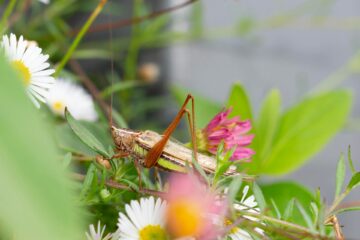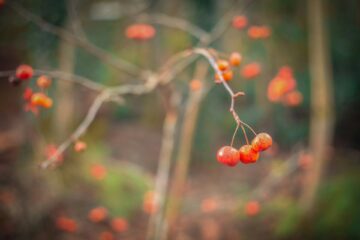Gardening is a delightful journey that requires seasonal planting. Each time of year brings unique opportunities to grow a variety of plants, from vibrant flowers to bountiful vegetables. Knowing what to plant and when is crucial to ensuring a successful garden. In this guide, we’ll explore the best plants for each season, offering tips to help you make the most of your garden year-round.
Spring: The Season of Renewal
Spring is synonymous with new beginnings, making it the ideal time to start planting after the cold winter months. As the soil warms up and days grow longer, many plants thrive in the mild conditions.
What to Plant:
- Vegetables: Leafy greens such as spinach, lettuce, and kale, as well as root vegetables like carrots, radishes, and beets, do well in the cool, moist conditions.
- Flowers: Spring is perfect for planting annuals like pansies, petunias, and marigolds. These flowers bring a burst of colour to your garden early in the season.
- Herbs: Herbs like parsley, cilantro, and dill thrive in spring. These fast-growing plants can be harvested quickly, adding fresh flavor to your dishes.
Tips for Spring Planting:
- Start seeds indoors 6-8 weeks before the last frost, then transplant them outside once the danger of frost has passed.
- Prepare your soil by adding compost to improve fertility and drainage.
- Consider using row covers to protect young plants from late frosts and pests.
Summer: The Season of Abundance
Summer is the time when gardens are at their most productive. With warm temperatures and long days, plants grow rapidly, and harvests are plentiful.
What to Plant:
- Vegetables: Heat-loving vegetables such as tomatoes, peppers, cucumbers, and zucchini are stars of the summer garden. These plants require full sun and regular watering to thrive.
- Flowers: Summer is a great time for planting sunflowers, zinnias, and cosmos, which bloom brilliantly under the intense sun.
- Herbs: Basil, rosemary, thyme, and oregano flourish in the warm, dry conditions of summer.
Tips for Summer Planting:
- Mulch around your plants to retain soil moisture and keep roots cool.
- Water early in the morning or late in the evening to reduce evaporation.
- Pinch back herbs like basil to encourage bushier growth and prevent them from flowering too early.
Autumn: The Season of Harvest
Autumn is often overlooked by gardeners, but it’s actually an excellent time for seasonal planting of many crops. The cooler temperatures and increased rainfall create ideal conditions for certain vegetables and flowers.
What to Plant:
- Vegetables: Cooler weather crops like broccoli, cauliflower, Brussels sprouts, and garlic can be planted in early fall for a late-season harvest.
- Flowers: Chrysanthemums and asters are popular Autumn flowers that provide a splash of color as summer blooms fade.
- Herbs: Hardy herbs like sage, chives, and mint continue to grow well into the fall.
Tips for Autumn Planting:
- Plant fast-growing vegetables to ensure they mature before the first frost.
- Protect your autumn crops with row covers to extend the growing season.
- Add a layer of compost to your garden beds to replenish nutrients before winter.
Winter: The Season of Rest and Preparation
While winter might seem like a quiet time in the garden, there’s still plenty to do. Certain plants thrive in the colder months, and it’s also an ideal time to prepare for the upcoming spring.
What to Plant:
- Vegetables: In milder climates, winter vegetables like kale, spinach, and leeks can be planted. Garlic, planted in the autumn, continues to grow through the winter.
- Flowers: Winter-blooming flowers such as hellebores and winter jasmine add color to the garden when most other plants are dormant.
- Herbs: Evergreen herbs like rosemary and thyme can survive winter’s chill, especially if they’re planted in sheltered areas.
Tips for Winter Gardening:
- Use cold frames or cloches to protect tender plants from frost.
- Mulch heavily to insulate plant roots and conserve soil moisture.
- Plan your spring garden by ordering seeds and preparing garden beds.
Gardening is a year-round endeavor that rewards those who plan ahead and understand the unique needs seasonal planting. By choosing the right plants and following these seasonal tips, you can enjoy a beautiful and productive garden no matter the time of year. Whether you’re harvesting summer tomatoes or planting winter greens, there’s always something to look forward to in the garden.
Happy gardening!
Keep on top of your gardening with our free online journal
Our free online tool allows you to organise your ideas and garden plans and help you be as efficient as possible in the garden.
Sign up now

